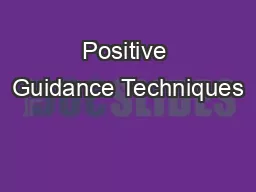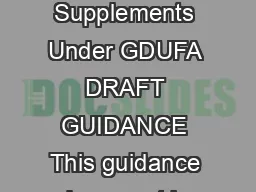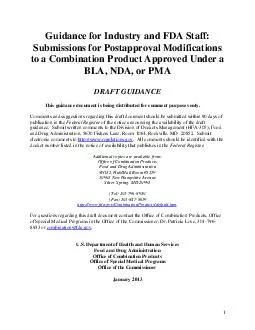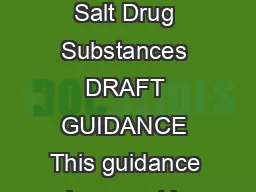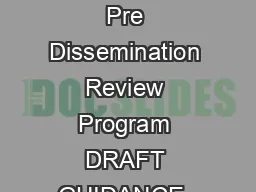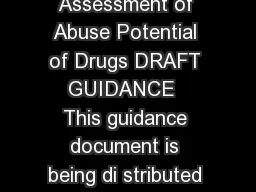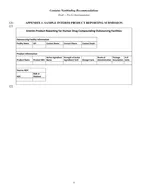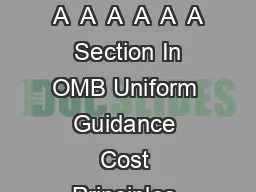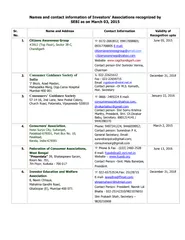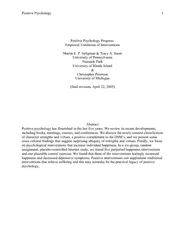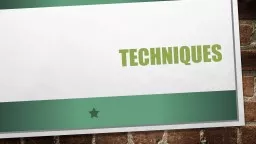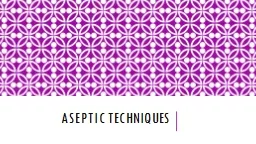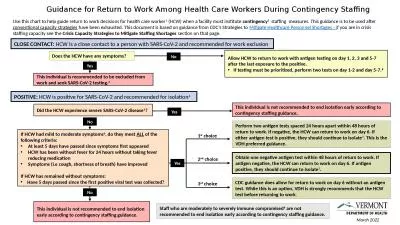PPT-Positive Guidance Techniques
Author : faustina-dinatale | Published Date : 2016-06-01
Common Reasons Why Children Misbehave Normal behavior for their age N atural curiosity D ont know better A ttention Power R evenge Feeling inadequate at the
Presentation Embed Code
Download Presentation
Download Presentation The PPT/PDF document "Positive Guidance Techniques" is the property of its rightful owner. Permission is granted to download and print the materials on this website for personal, non-commercial use only, and to display it on your personal computer provided you do not modify the materials and that you retain all copyright notices contained in the materials. By downloading content from our website, you accept the terms of this agreement.
Positive Guidance Techniques: Transcript
Download Rules Of Document
"Positive Guidance Techniques"The content belongs to its owner. You may download and print it for personal use, without modification, and keep all copyright notices. By downloading, you agree to these terms.
Related Documents

